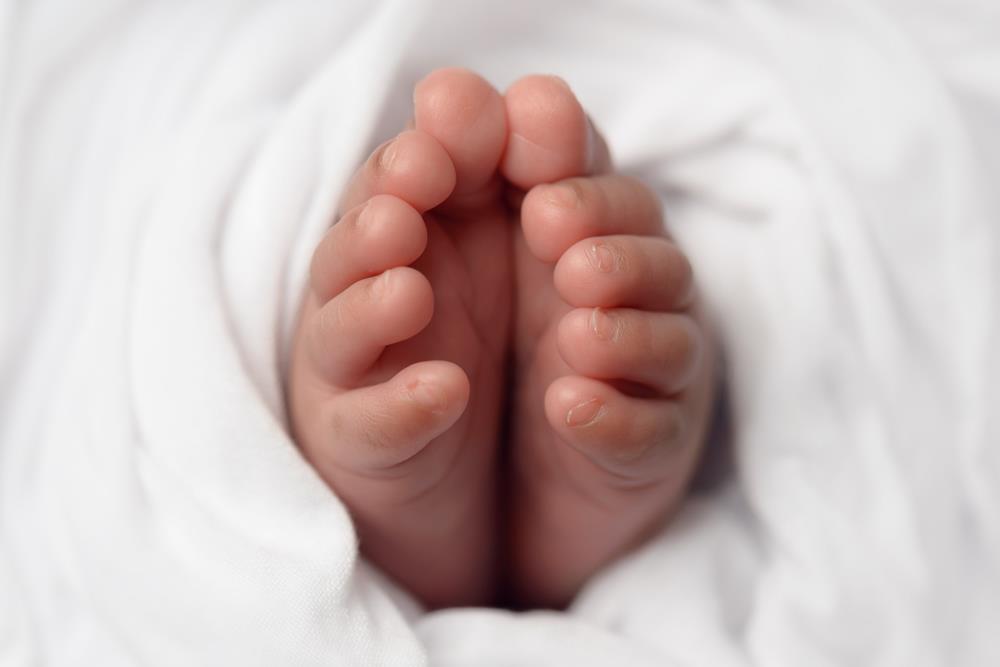Understanding Pediatric Flatfoot
Flatfoot, or a fallen arch, is a condition commonly seen in both children and adults. When it develops in children, it’s referred to as pediatric flatfoot. This condition can vary in form, but all types involve a lowering or complete collapse of the foot’s natural arch.

Types of Pediatric Flatfoot
Pediatric flatfoot can be either symptomatic or asymptomatic. Children with symptomatic flatfoot may experience discomfort, activity limitations, or other noticeable issues. In contrast, asymptomatic cases do not cause pain or functional problems. Recognizing which type a child has helps guide the most effective treatment approach.
Common Signs and Symptoms
Flatfoot in children may be present from birth or may become noticeable as they grow. While many children experience no discomfort, others may show signs such as:
- Pain or cramping in the feet, legs, or knees
- Heels that tilt outward
- Clumsy or altered walking patterns
- Difficulty finding properly fitting shoes
- Fatigue during physical activities
- Avoidance of sports or active play
Evaluation and Diagnosis
To assess for flatfoot, a medical provider will examine the child’s feet while they stand, walk, and sit. Range of motion is also checked, and in some cases, the knees and hips are evaluated, since alignment issues in the legs can contribute to flatfoot.
X-rays may be used to assess the severity of the condition. Additional diagnostic imaging might be recommended if needed to develop a comprehensive treatment plan.
Diagnosing Pediatric Flatfoot
To diagnose flatfoot in children, a provider will assess the appearance and function of the foot during standing, sitting, and walking. The evaluation includes checking the range of motion and alignment of the feet. Since flatfoot can sometimes be related to issues in the legs, the hips and knees may also be examined to get a complete picture of the child’s musculoskeletal health.
X-rays are commonly used to determine the severity and structural changes of the foot. In some cases, additional imaging tests may be recommended for further insight.
Nonsurgical Treatment Options
In children who do not experience pain or functional limitations, treatment is usually not necessary. These cases are often monitored periodically to ensure the condition does not worsen over time.
In certain situations, custom orthotics may be suggested even for asymptomatic flatfoot, especially if there are concerns about gait or alignment.
When symptoms are present, treatment options may include:
- Activity Adjustments: Reducing activities that cause discomfort, such as extended walking or standing.
- Orthotic Support: Custom-made devices inserted into shoes to provide structural support and improve foot mechanics.
- Physical Therapy: Guided exercises may help stretch and strengthen muscles, improving foot alignment and relieving pain.
- Anti-Inflammatory Medications: Over-the-counter NSAIDs like ibuprofen may be used to reduce inflammation and manage discomfort.
- Footwear Recommendations: Supportive shoes can play a key role in improving comfort and reducing symptoms.
When Surgery Is Considered
Surgical treatment may be an option when conservative methods fail to relieve symptoms or when the condition significantly interferes with daily activities. The specific surgical approach will depend on the child’s foot structure, the severity of the flatfoot, and overall health needs.
Request an Appointment